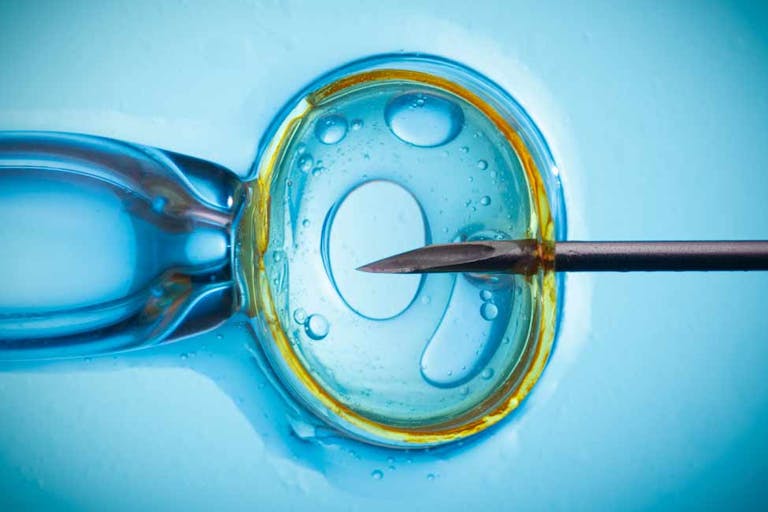
Abu Dhabi expands fertility industry to become 'IVF capital of the world'
Angeline Tan
·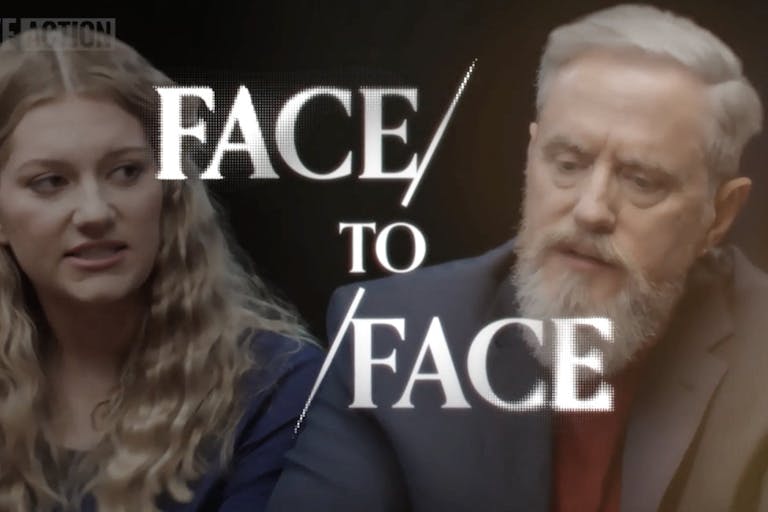
Former IVF doctors and IVF-conceived persons troubled by commodification of embryos
In the latest episode of Live Action’s “Face to Face” series, a panel of adults conceived through in-vitro fertilization (IVF) and fertility doctors who performed IVF discuss the troubling commodification of embryos conceived through IVF with Live Action founder and president Lila Rose.

Chelsey Painter Davis was conceived in IVF in the 1990s, as her mother was struggling with infertility. She said the doctors didn’t give her other options, so her mother went through four rounds of IVF. Chelsey was the first child to survive to birth.
“I got very lucky,” she said. “I have two other siblings who also made it to birth, but I have several — I don’t even know how many — siblings who either failed to implant, or miscarried during the pregnancy, and even some who were intentionally discarded or destroyed in the laboratory.”
Davis added:
So I feel very pulled to speak about these issues, to be an advocate for not just my siblings, the ones who weren’t even given a chance, but the other babies that I feel like have been forgotten or left behind in these clinics. I just feel like that may be the reason that I was chosen by God to survive is because He knew that I would talk about it.
Davis’ parents were always open about the details of her conception, so there was never any surprise for her. Yet as she got older, she began to grow concerned about the realities of IVF as she learned more about it. “When I was 12, that’s when I started to see issues and moral concerns, and it just made me more passionate about the subject matter,” she said. “I saw horrible things that were happening and didn’t understand why no one else wanted to talk about it with me at dinner.”
As a woman with a disability — Davis is almost completely blind — she also is aware of the ableism involved in IVF:
I’ve noticed a lot of the times that doctors, OB/GYNs, will conflate a disability or a genetic disorder with someone not being viable. My condition is not genetic, but I’ve always kind of wondered like that IVF process that I went through, if somehow this condition that I now have would have been detectable in those testings, like would the doctor have told my parents that I wasn’t viable? Would I have been allowed to even be implanted?
She further mentioned that, even among pro-life advocates, children destroyed by IVF are treated as if they “are too small to count.” She said, “… I get so mad because I just, I don’t understand why some babies are worth saving to them, but others like me, like my siblings… aren’t.”
Though she was conceived about 10 years later, Thailer Nielson was likewise conceived through IVF when her parents struggled with infertility.
Article continues below
Dear Reader,
In 2026, Live Action is heading straight where the battle is fiercest: college campuses.
We have a bold initiative to establish 100 Live Action campus chapters within the next year, and your partnership will make it a success!
Your support today will help train and equip young leaders, bring Live Action’s educational content into academic environments, host on-campus events and debates, and empower students to challenge the pro-abortion status quo with truth and compassion.
Invest in pro-life grassroots outreach and cultural formation with your DOUBLED year-end gift!
“I was, luckily by the grace of God, I was one of the embryos that was picked. Me and another one. I was the only one that implanted successfully. The other one miscarried. At first they were told that both of us miscarried. She went in to be cleaned out, and they found that I was still there,” she said. “Unfortunately, it was so hard on her body that, after that, she couldn’t do it again. I have lost probably around 12 siblings. They were discarded.”
Growing up, Nielson always knew that she was a product of IVF, but it wasn’t until she became a mother herself that she realized what she had lost. “It wasn’t until I became a mom myself and I held that life in my my arms that I realized those were babies, and those were lives that were lost.”
While Nielson also knew she had been conceived in IVF, she felt like it was an interesting fact about her, though she and her parents would seriously disagree on one major point. “I used to tell people growing up that, oh, I’m actually a twin, but the other one passed away,” she recalled. “And my mom would always correct me and she would say, no, no, no… Only you were alive. The other ones that we had, they weren’t alive,” because that’s what her mother had been told.
Dr. Craig Turczynski obtained a degree in an animal science and a PhD in physiology of reproduction. What started with animals he eventually chose to adapt for human use. “So I spent two years in a human IVF program, and then I went on to direct an in vitro fertilization laboratory. I was the main embryologist and I practiced for seven years.”
As an IVF doctor, he believes he created roughly 5,000 embryonic children.
He agreed with Davis about how the fertility industry devalues the lives of people with disabilities, using genetic screenings before implanting embryos. “It’s done specifically for that reason; A, to screen out genetic disease, but also in some cases to choose the eye color of the child, choose the sex of the child,” he said.
“And I share your concern for that, because I was actually born with bilateral club foot,” he added. “My father told me when he first saw me that I would never walk. In that case, and if I was born in some societies, I wouldn’t have gotten the care that I’d gotten, and, subsequently, be able to walk. So I would have been a discard as well.”
Though she always dreamed of being a doctor, Dr. Lauren Rubal said her initial goal was to be a pediatrician, until she did her OB/GYN rounds during residency and felt drawn to couples suffering from infertility.
“I would do roughly about 100 cycles a year…” she said. “We started talking about the way that we just put these words as opposed to treating these couples, and dealing with these embryos, who are humans.”
Today, she understands how warped the priorities of the fertility industry are. “There’s really no consideration for the children,” she said. “And I don’t mean that in a harsh way, because obviously, the parents so badly want that child, but it’s so inverted and distorted, because our ability to see when life begins has become completely obfuscated.”
Live Action News is pro-life news and commentary from a pro-life perspective.
Contact editor@liveaction.org for questions, corrections, or if you are seeking permission to reprint any Live Action News content.
Guest Articles: To submit a guest article to Live Action News, email editor@liveaction.org with an attached Word document of 800-1000 words. Please also attach any photos relevant to your submission if applicable. If your submission is accepted for publication, you will be notified within three weeks. Guest articles are not compensated (see our Open License Agreement). Thank you for your interest in Live Action News!

Angeline Tan
·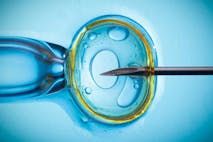
International
Angeline Tan
·
Pop Culture
Cassy Cooke
·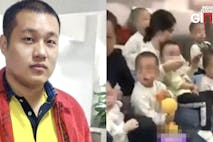
International
Cassy Cooke
·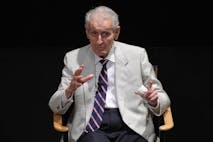
Analysis
Cassy Cooke
·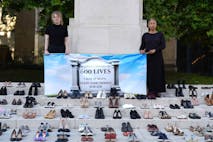
Analysis
Angeline Tan
·
Politics
Cassy Cooke
·
Politics
Cassy Cooke
·
Pop Culture
Cassy Cooke
·
International
Cassy Cooke
·
Analysis
Cassy Cooke
·